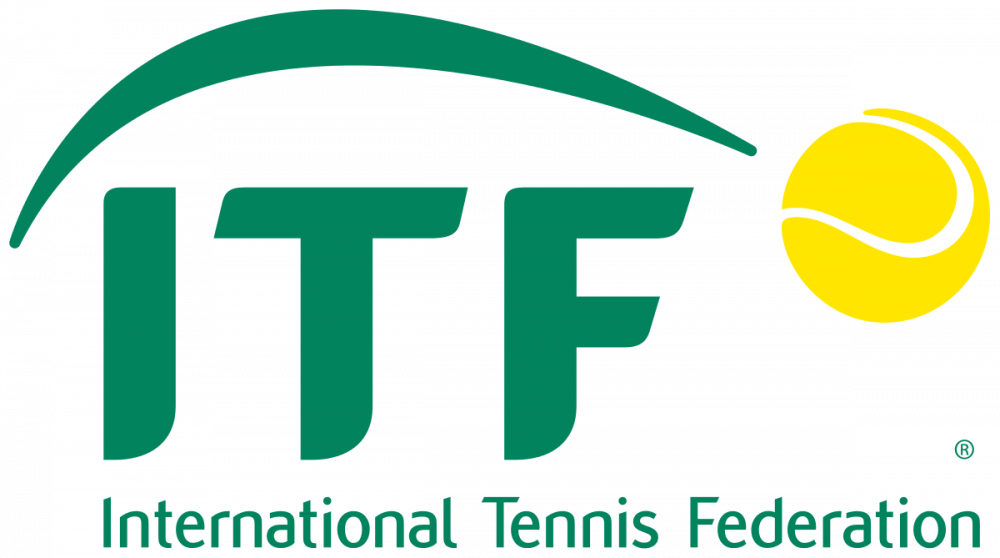Welcome to Tennis Elbow, the column that looks back on the week that was in the world of tennis. This week, Charles Blouin-Gascon recaps the latest in what was a dormant news cycle.
Don’t look now, but tennis apparently has a gambling problem?
Last week, one following yet another Rafael Nadal triumph on the Monte-Carlo clay and that precedes a back-to-back stretch of Madrid and Rome, well last week was apparently a slow news week.
And what do you do when you’re in the middle of a slow news week?
If you’re working in the media, apparently you take your clue from an 80-page report and you all, every one of you, mention that there might be a tsunami of fixed matches at the lower level of our sport. Seriously: tsunami makes for an evocative headline, sure, but not that much if and when every one of your colleague does the same, you know? It’s just a lazy bit of journalism and for the School of Journalism graduate that we are, this always amuses us.
This is where you ask us to hold on just one second, and that’s precisely what we’ll do. In fact, let’s back up. Let’s back up to a few days before the 2016 Australian Open when a joint feature from BuzzFeed and the BBC discovered, and let’s quote from the lede here, “Secret files exposing evidence of widespread match-fixing by players at the upper level of world tennis.”
Here you go: gambling and tennis don’t match. Or rather, they do so long as they don’t go too far into match-fixing.
Following this in 2016, the powers that be in tennis, namely the ATP World Tour, WTA, the ITF and the Grand Slam Board, appointed an Independent Review Panel and commissioned a report regarding this alleged cheating and match-fixing. The 80-page report mentioned above is the conclusion of the work this panel did, and they made sure not to mince words—thus, the mention of a tsunami of cheating.
Caught up? Good.
They’ll say it’s a tsunami, but is it really? The report states that after two years and a half, it has determined that the results of hundreds of matches at the lower levels of the sport seem to have been predetermined one way or another.
That it cost more than $20 million USD and more than two years to know this is fine, and it’s fine to use this as a springboard for a number of changes, but where’s the tsunami? The original feature from 2016 had promised bigger—had promised, dare we say, this tsunami. Here’s let’s quote from the piece again: “Leaked files expose match-fixing evidence that tennis authorities have kept secret for years.”
Discovering a cover-up from tennis authorities? Now, that would definitely be one hell of a tsunami.
Instead, we’re left with a little bit of a letdown: sure, there probably is a problem of match fixing of sorts, but its extent may be nothing like what we have expected. Get rid of partnerships with betting companies like Sportradar, but otherwise well what can you do?
Okay, we’re not being entirely fair: the report does mention 11 actual recommendations, with all of them including sub- and sub-sub pointers. You can go to page 45 to read everything the panel wrote on the report, but we’ll highlight No. 2: the organization of professional tennis should be changed to better align player incentives.
Basically: give the players more money and more opportunities to make an earnest living especially, and this is where we’re bringing things full-circle, at the lower levels of the sport. Give the lower-ranked players more opportunities and maybe they won’t need to throw matches, or compete at less than their maximum, in order to further their cause, financially and otherwise.
Maybe this comes as part of a larger conversation about the need for players union in tennis and how it could help the larger majority, not just those at the top? Let’s get Novak Djokovic on the case.
Maybe that wouldn’t cull the problem completely, at least not overnight, but it would make for one hell of a tsunami.
Follow Charles Blouin-Gascon on Twitter @RealCBG















